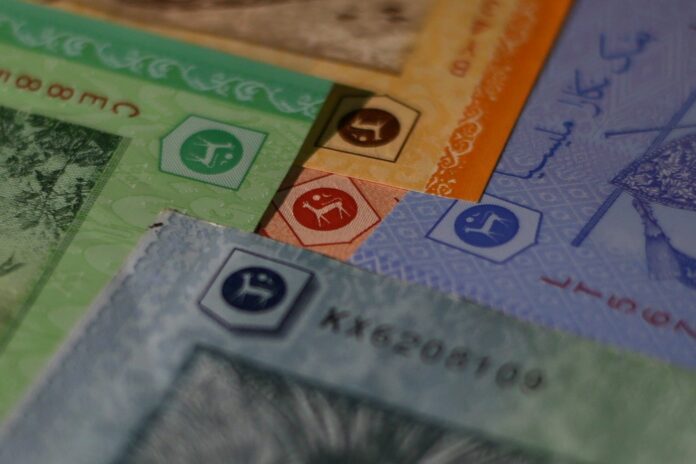BNM governor Datuk Nor Shamsiah Mohd Yunus says Malaysia must embrace structural reforms to foster dynamism, seize emerging growth opportunities and secure a more durable post-pandemic economic recovery. — Picture by Ahmad Zamzahuri
KUALA LUMPUR, Nov 12 – Malaysia will not face stagflation despite rising global inflation, with 2022 GDP growth expected to range between 5.5 per cent and 6.5 per cent.
However, Malaysia must embrace structural reforms to foster dynamism, seize emerging growth opportunities and secure a more durable post-pandemic economic recovery, according to Bank Negara Malaysia (BNM) governor Datuk Nor Shamsiah Mohd Yunus.
Nor Shamsiah emphasised that the central bank remained firm on next year’s GDP projection, supported by gradual easing or containment measures, which would further support the resumption of economic activities.
“The growth projection would also premise on several factors, namely continued recovery in the labour market as economic activity improves, a pickup in production and construction activities driven by selected key projects, continued policy support and the growth in exports and underpin by strong external demand,” she said in a joint press conference by BNM and the Department of Statistics Malaysia (DoSM) on Malaysia’s third-quarter (Q3) 2021 GDP performance on Friday.
She elaborated that the central bank does not see any indications of a broad based price increase or excessive price pressures as the price pressures are to remain moderate in 2022 driven by spare capacity in our economy.
“Even if some businesses choose to adjust their prices and offer more competitive wages to attract workers as people begin to spend again, there is still room for improvement in both growth and employment.
“I understand that demand-driven price pressures are a source of concern, but there are many factors that can affect the inflation outlook, both domestically and internationally. This includes the global commodity price developments as well as the risk of a prolonged supply disruption.
“We will continue to monitor this closely. I have previously stated that the stance of monetary policy will continue to be determined by incoming information and the implications for the overall outlook for inflation and domestic growth,” she added.
Malaysia’s headline inflation has averaged 2.3 per cent and is projected to average between 2.0 per cent and 3.0 per cent for 2021, while underlying inflation, as measured by core inflation, is expected to average below 1.0 per cent for the year.
“In 2022, headline inflation is projected to remain moderate. As economic activity normalises, core inflation is expected to edge upwards but remain benign given the continued spare capacity in the economy and slack in the labour market.
“The outlook, however, continues to be subject to global commodity price developments and some risk from prolonged supply-related disruptions,” she added.
She said the Malaysian economy’s recovery would be fuelled by continued improvement in the labour market and that the most recent indicators showed that conditions were improving despite the gradual lifting of movement restrictions.
“For Q3, employment levels rose by 67,500 persons compared to a decline of 29,200 persons in the previous quarter, while the unemployment rate improved slightly to 4.7 per cent. We expect a continued moderate recovery in the labour market, which will be in line with Malaysia’s high vaccination rate and progressive lifting of containment measures which would facilitate a gradual resumption of economic activity,” she added.
Meanwhile, on Malaysia’s structural reform, she said that structural reform is required to rebuild buffers and secure a more sustainable growth path, especially in the post-pandemic recovery phase.
“Reforms attract quality investment, build innovation capacity, enhance economic complexity and strengthen social protection, and effective implementation, supported by robust monitoring and evaluation mechanism will be key to ensure that the desired outcomes can be achieved successfully. It is important to note that two emerging growth themes are sustainability and digitalisation.
“The 12th Malaysian Plan and Budget 2020 have already outlined some initiatives for Malaysia to latch on to these growth areas and to accelerate green growth and more climate-conscious practices towards a carbon-neutral country as early as 2050. Key initiatives include the voluntary carbon market, the Low Carbon transition facility, and studies on introducing carbon pricing, including carbon tax and emission trading system scheme to enhance digital connectivity and adoption efforts.
“The implementation of key initiatives such as the Jalinan Digital Negara (Jendela) plan and digital enhancement would have positioned Malaysia as a leading player in a global supply chain for complex and high-value-added products and services. This will also enable measures to improve the rakyat’s standard of living and achieve balance and sustainable growth,” she said. — Bernama


